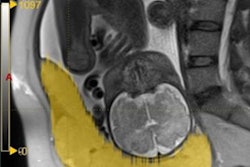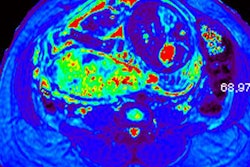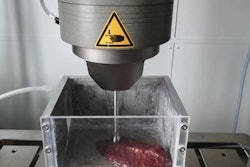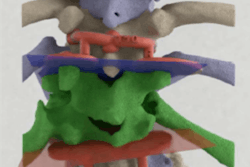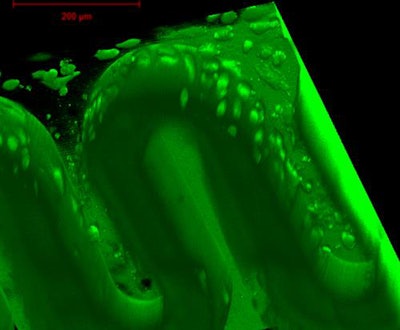
Researchers from Austria have created an artificial placental barrier using a high-resolution 3D-printing technique, according to an article published online in the International Journal of Bioprinting.
Seeking to provide insight into the permeability of the placenta, first author Denise Mandt and colleagues from Technische Universität Wien in Vienna manufactured a model of the placental barrier that replicates the natural placenta. They created this model using a laser-based 3D-printing technique, known as two-photon polymerization (2PP), that allowed them to capture in high resolution structures as small as a few micrometers.
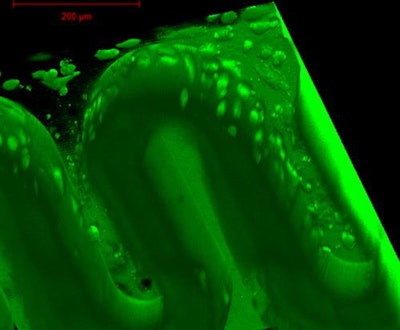 Tiny 3D-printed structures made of biocompatible materials. Image courtesy of Technische Universität Wien.
Tiny 3D-printed structures made of biocompatible materials. Image courtesy of Technische Universität Wien.Early tests using the 3D-printed model have shown the artificial placenta behaves in a similar way to real placenta when placed onto a microfluidic chip, the authors noted. This research may provide new insight into the exchange of nutrients between the mother and fetus.




